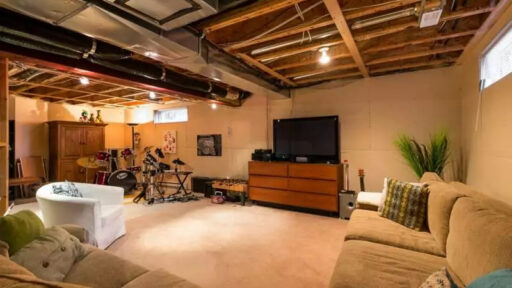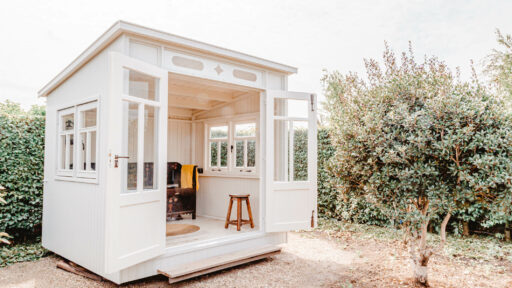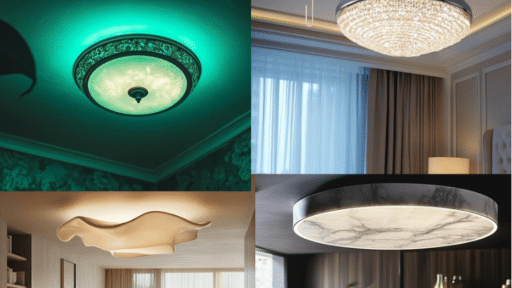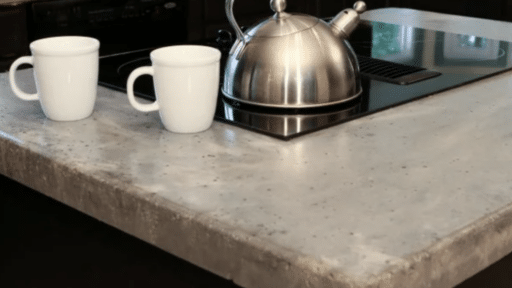Every venture begins with spotting a gap. Imagine walking through upscale multi-level homes and realizing: beautiful designs, yes, but accessibility? Missing. For families with aging parents or multi-generational households, stairs can quietly become barriers. Enter the idea: residential elevators aren’t just luxuries; they’re life-changing innovations waiting for entrepreneurs to scale.
In fact, companies like Residential Lift Elevator are already proving the concept, offering sleek, reliable systems that blend style with functionality. They show us what’s possible when engineering meets empathy and where new entrepreneurs can make their mark.
Why Now?
The timing couldn’t be better. By 2034, older adults will outnumber children in the U.S., while multi-generational living hits record highs. Families want homes that adapt to changing needs, not force difficult moves. Accessibility features like elevators transform more than floor plans; they preserve independence and togetherness. For entrepreneurs, this means a market primed for innovation with deep, enduring demand.
Stories That Inspire
Consider the (fictional) Villanueva family. Grandpa Miguel’s two-story home was edging toward impractical, until they installed a compact residential elevator. Suddenly, he kept his beloved home and independence, while the family gained peace of mind. These stories illustrate that accessibility ventures don’t just sell products; they deliver dignity.
Challenges and Rewards
Yes, this niche demands expertise: navigating building codes, educating consumers, and overcoming the “too expensive” myth. But challenges fuel opportunity. Businesses in this space sit at the rare intersection of necessity and aspiration, blending steady demand with social impact that customers value deeply.
Research with Purpose
Success begins with understanding your audience: aging homeowners, adult children, or builders seeking differentiated features? Tools like the SBA’s market research guide help pinpoint target markets, while perspectives on impact investing highlight the potential for both profit and positive change. Residential elevators naturally fit into this “double bottom line” model.
The Call to Elevate
The future belongs to businesses that elevate lives alongside balance sheets. Accessibility-focused ventures can lead that movement, driving both financial returns and meaningful social value. The residential elevator market is more than a chance to ride a trend; it’s about designing freedom, comfort, and dignity into everyday living.
For ambitious entrepreneurs, the message is clear: seize the opportunity, shape the future, and build businesses that truly uplift people in every sense of the word.








